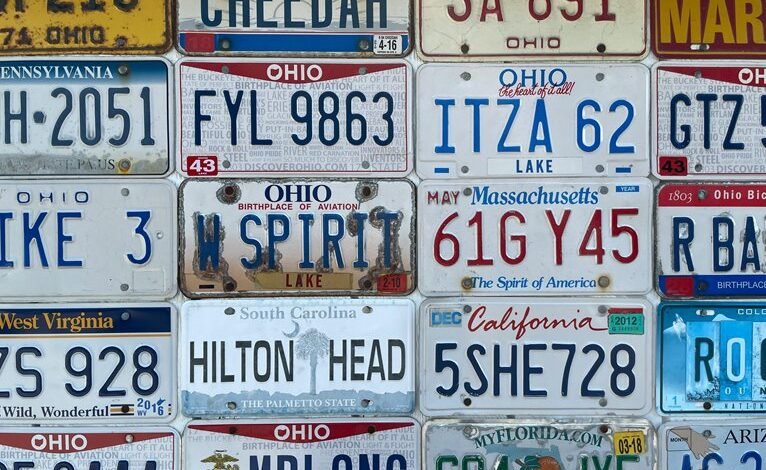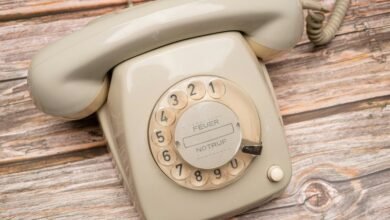Identify Callers Quickly: 3780638680, 3481734096, 3272152847, 3391069180, 3716706530, 3663977203

The ability to identify callers efficiently is essential in today’s communication landscape. Numbers such as 3780638680 and 3481734096 often require scrutiny. Caller identification tools can provide valuable insights, distinguishing legitimate contacts from potential nuisances. By examining the patterns and characteristics of these specific numbers, one can enhance personal security. However, the challenge remains: how can one effectively utilize these tools to filter out unwanted interruptions? The answer lies in understanding the underlying mechanisms of caller identification.
Understanding Call Identification
Call identification serves as a critical mechanism in telecommunications, enabling users to determine the origin of incoming calls efficiently.
Employing caller verification techniques enhances the ability to distinguish between legitimate calls and potential scams.
Recognizing legitimate calls fosters a sense of security, allowing individuals to exercise their freedom of choice in communication, ultimately leading to more informed decisions regarding engagement with unknown callers.
Tools for Caller Lookup
Numerous tools for caller lookup are available, each designed to assist users in identifying incoming calls with greater accuracy.
Caller identification apps leverage extensive databases to provide real-time information, while reverse phone lookup services enable users to trace unknown numbers effectively.
These tools enhance personal security and empower individuals, allowing them to make informed decisions about answering calls from unfamiliar sources.
Common Characteristics of Spam Numbers
Spam numbers often exhibit distinct characteristics that can help individuals identify unwanted calls. Common spam call patterns include frequent dialing from similar area codes, sequential number sequences, and non-local numbers.
Additionally, caller ID techniques may display misleading or spoofed names, further complicating identification. Recognizing these traits enables individuals to safeguard their privacy and maintain control over their communication channels.
Best Practices for Handling Unknown Callers
While managing communication effectively is crucial, individuals often encounter unknown callers that may pose a risk to their privacy and security.
Employing caller etiquette is essential; individuals should refrain from sharing personal information unless identity is confirmed.
Additionally, utilizing call-blocking technologies and verifying numbers through trusted platforms can alleviate privacy concerns, fostering a secure communication environment and enhancing personal freedom in interactions.
Conclusion
In an age where the ringing of a phone can evoke the same dread as a telegram bearing bad news, effective caller identification is paramount for safeguarding personal communication. By leveraging advanced tools and understanding the patterns associated with known spam numbers, individuals can navigate the complex landscape of unsolicited calls with confidence. Implementing best practices for handling unknown callers not only enhances security but also ensures a more efficient and meaningful communication experience in today’s digital era.





